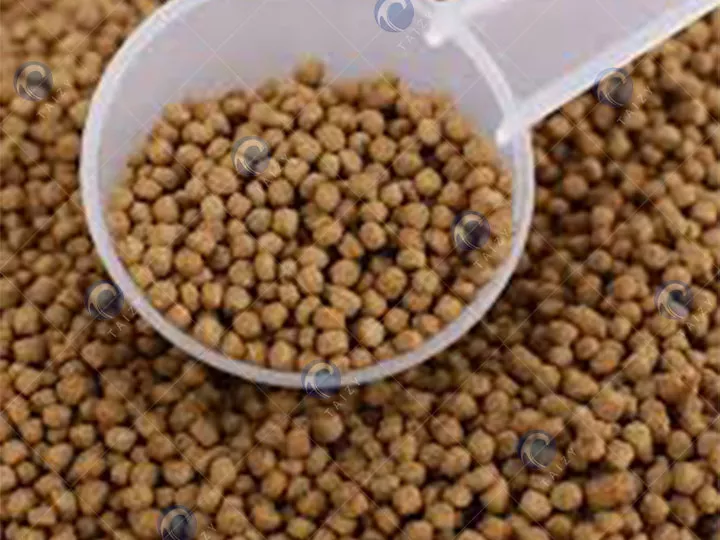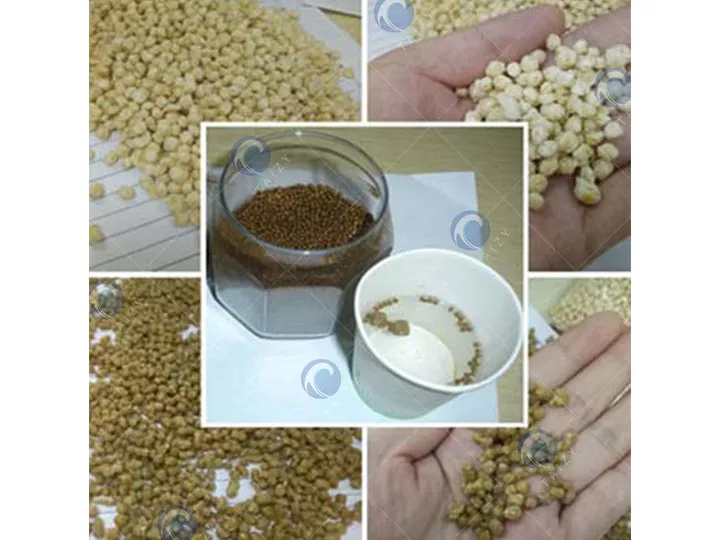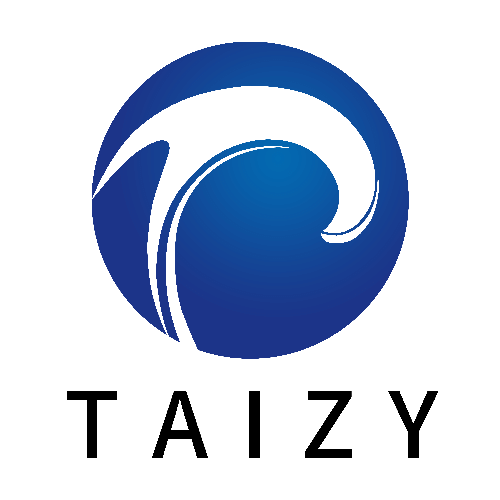Comparison of sinking and floating fish feed pellets
Now, floating fish feed pellets are one of the important factors in farming fish. Fish food pellets are the main source of nutrition for fish. And it is also one of the key factors to increase fish production. Today, pelleting and extrusion techniques are generally used to manufacture aquaculture feed. So what is the difference between the fish food pellets made by these two technologies? Below is a comparison of the two feeds.
Feed Quality: Sinking pellets VS floating fish feed pellets
- The quality of sinking fish feed
Pellet formation is the process of compressing small pellets into larger solids with a given shape. And floating fish feed pellets, involving a combination of moisture, heat, and pressure.
- The quality of extruded fish food
Extrusion is a short-term high-temperature heating process. It minimizes the degradation of food nutrients while improving protein and starch digestibility. A fish feed extruder is an ideal machine that can process buoyant aquatic feed just by adjusting the formula. Extruded feed requires higher levels of moisture, heat, and pressure than pelleted feed.
Therefore, by comparison, we can see that the moisture, heat, and stress levels of the floating fish feed pellets are higher than those of the pelleted feed. Also, since the starch is almost completely gelatinized, the extruded feed is more firmly bound and produces fewer fines than pelleted feed.

Nutrient retention in fish feed: sinking fish feed food vs puffed fish feeds
- Nutrition of fish feed food
Pelleting is a method of making feed by compressing a mixture of materials with mechanical pressure. Antinutrients in the feed are still present due to the mechanical stress used. Also, the protein in the feed is still in complex form.
- Nutrition contained in puffed fish food pellets
Puffing works at high temperatures. Due to the processing conditions of high temperature and high pressure, the starch in the feed is matured. The fat inside is more conducive to digestion and absorption. Simultaneously soften the fibrous structure and cell walls, destroying negative matter, and thereby improving feed acceptability and digestibility.

Feed Production Economics: Animal feed pellets vs floating fish feed
- Economic benefits of the animal feed pellets
One of the main advantages of pellet feed compared to extrusion technology floating fish feed pellets is the lower manufacturing cost. However, it has many disadvantages. One of the biggest disadvantages of pelleting is the rapid sinking rate (an estimated 10% to 15% of pelleted feed is lost to sinking). This means higher feed costs, lower product margins, and greater environmental impact of pollution.
- Benefits of floating fish feed
Extrusion is a process involving high heat and short time, which minimizes nutrient loss. Simultaneously improve the digestibility of starch and protein. Besides, the floating fish feed pellets have lower pollution, higher digestibility, and a high conversion rate. Therefore, extruded feed is a premium product to increase the profitability of fish farms.

